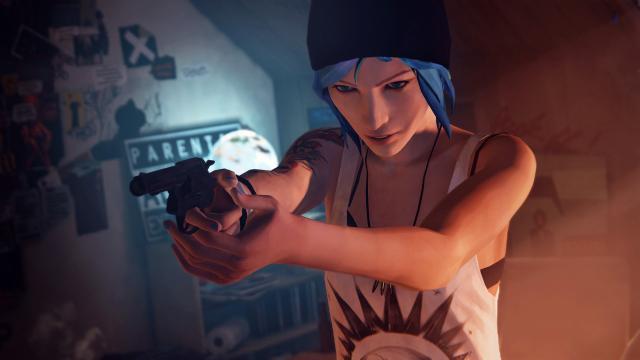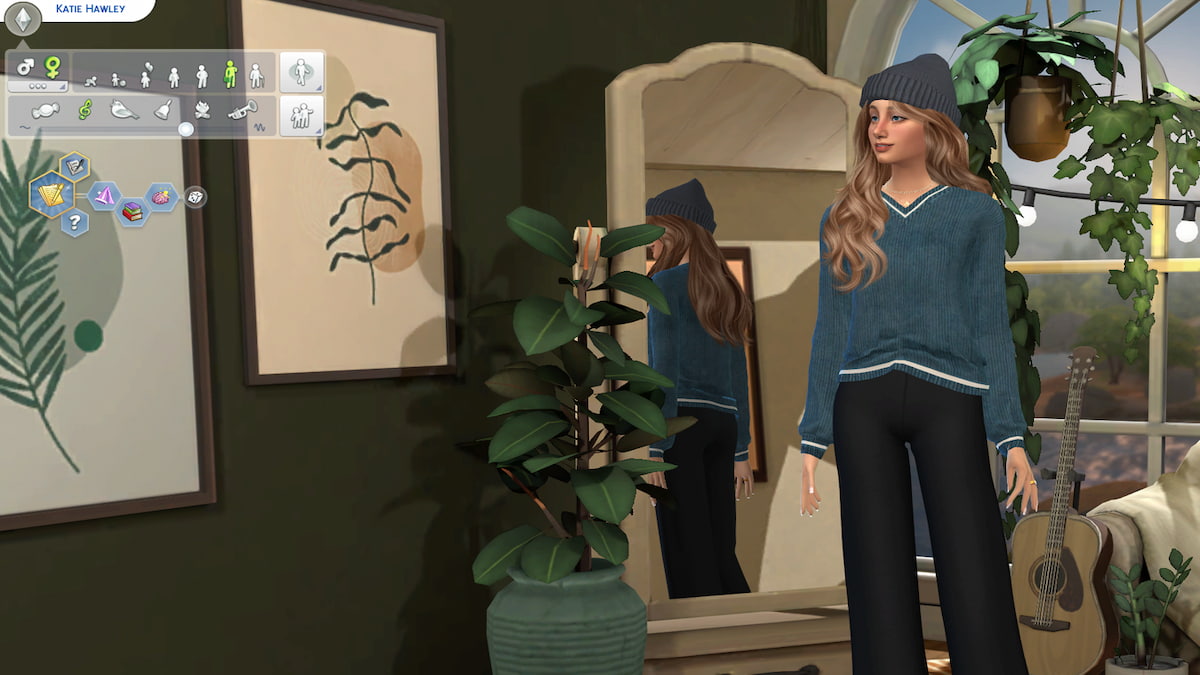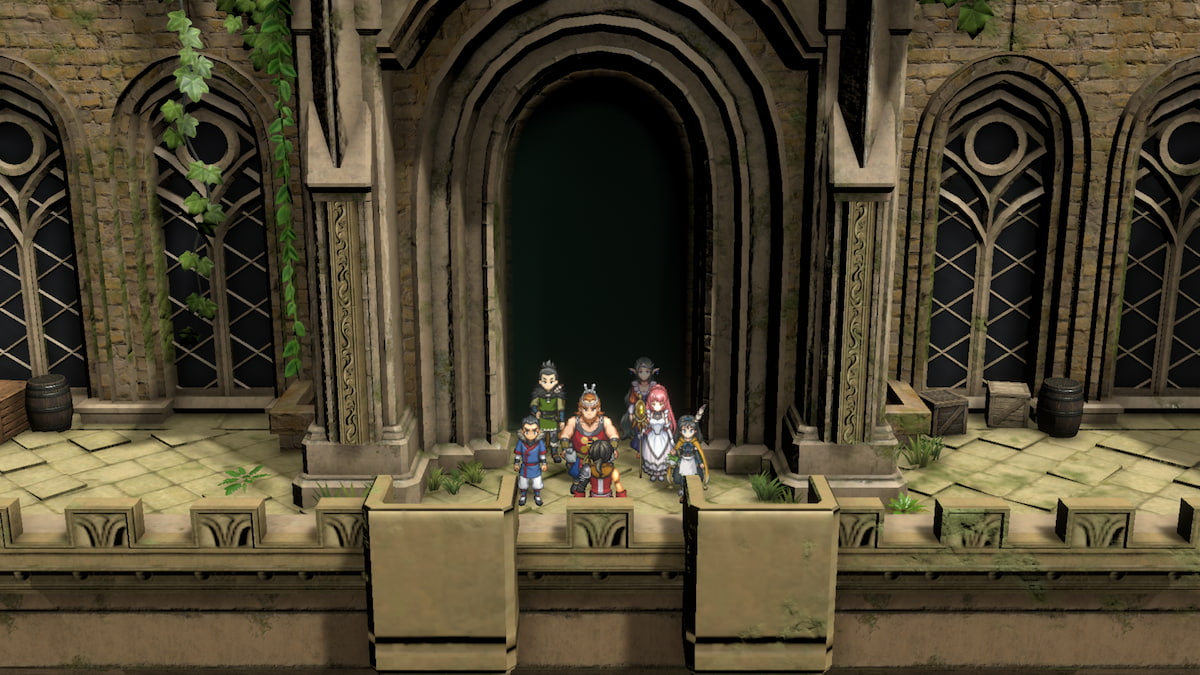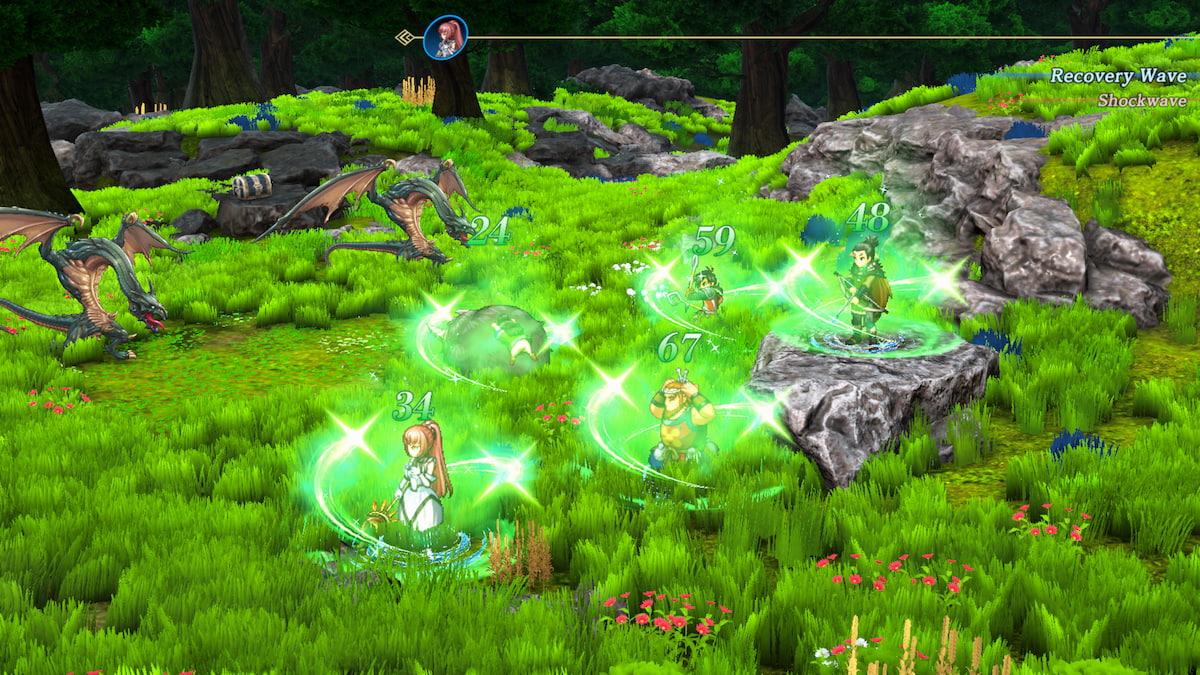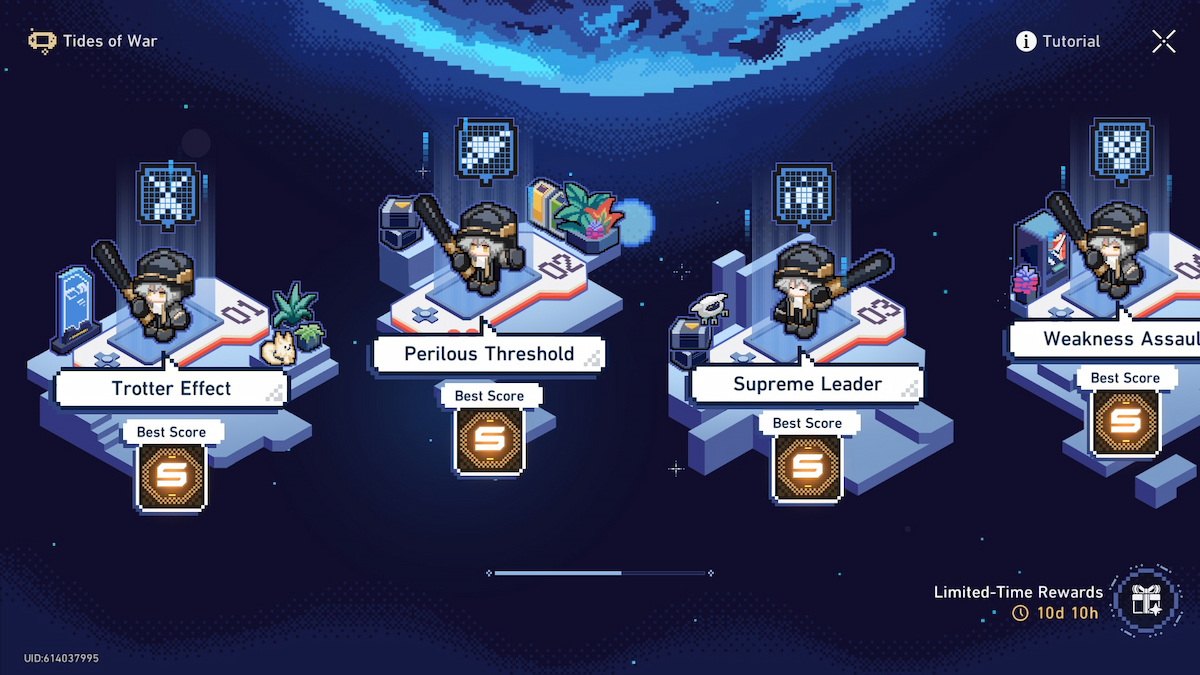All computer games have characters, be they Electro Freddy from the 1980s or Maxine Caulfield of Life is Strange. Whoever these characters are and from where ever they came from, they have one thing in common: they are people in some shape or form.
When designing your game characters you want them to be as realistic as possible – acting, walking, and talking like real people. This helps with the ‘suspension of disbelief’ critical in absorbing the player in your game. But how? Well, what will be the players biggest interaction with these characters?
Communication is Not Just Words
Now here’s a statistic for you: 93% of all communication is unspoken. It is in the hand gestures, the facial expressions, the body position and how things are said where most communication happens.
People can use hundreds of different nuances to reinforce their speech. . . or completely contradict it.
Think about that last one for a moment. How things are said. Watch someone talk and you’ll see that people ‘back up’ their speech with a hundred other different nuances, pitch, timbre of voice, body posture, hand movements, etc to highlight their point OR to completely counteract what they are saying. People are not straight up and down, and it is the subtext of the communication that raises your characters from cardboard cut outs to realistic. Here are a few examples of how people communicate beyond their words:
1. Voice

Not the words but their delivery. Are they rushed? Slow and measured? The speaker could be excited, running his words together, or drunk and slurry. An uncomfortable person will deliver slow stilted language, filled with pauses. A confrontational speaker will be loud. Particular words will be stressed depending on the intent of the message.
2. Touch
Touching can communicate understanding, comfort, encouragement, flirtation, pleasure, threats, manipulations, and assault.
Some people touch frequently, like kids and older people. Those who have been abused are very anti-touch and will likely have strong physical reactions to being touched. A touch normally results in a reaction, positive or negative.
Consider the length of time of the touch – did it linger or was it too short? How does this affect the person being touched? Does this touch get misinterpreted?
3. Body movement
Your mouth is very expressive. Lips can be parted, perhaps showing the tongue, twisted, pursed, narrowed or you could wet them. Your jaw can hang loose or firm or incredibly tight. Tongue movement is a big one. Does it poke out, or maybe move around in your mouth? Smiles come in all shapes and sizes too: wide with joy, forced, with teeth, without teeth, big ‘o’ smiles or uncomfortable half smiles. All of these all show something about how the person is feeling.
The head position and angle is crucial to communication; the eyes themselves can do little.
What about arms? You can hug yourself tight if you are feeling unsure, nervous. You can touch your face, neck and lips if you feeling anxious or scared. You can rub your arms to indicate that you are cold, rub your hands together, you can make gestures, you can tense them, leave them slack and a hundred other things to convey an emotion or a line of thought. Arms play a big part in body positioning (see below).

Head position and angle is crucial to communication. The eyes themselves can do little on their own. The pupils can widen, the eyelids can open. The skin around the eyes can tighten. You can blink faster if you’re lying or not blink if you are in a state of shock. Your gaze/focus can move around.
4. Body Positioning
Have you ever been caught in a conversation at work that you weren’t really interested in? How did you stand? Did you stand face on to your colleague, or did you angle away, aim your feet and chest toward the door, look away and glance at others? Your subconscious is giving out strong signals that you want to get out RIGHT NOW.
There are strong psychological links with your spatial environment. When people are in your space it can cause anxiety and stress, even anger. Is the person talking to you unaware of their spatial environment or are they purposefully getting in your space to intimate or dominate? Perhaps they are suggesting intimacy?
5. Tells
Tells are things we do repeatedly, a crutch or a security blanket. Examples include touching ourselves (twisting hair, touching mouth, stroking neck, rubbing arms) or a movement or even a word. Something we do by rote out of habit of subconsciously.
6. Gestures
Gestures are used to add another layer to communication. They are comprised of three components: Preparation (moving the arms from an at-rest position, Stroke (the critical component, where the communication occurs) and Retraction (returning the arms to an at-rest position).
In honest conversation, gestures are generally subconscious and will lead speech, i.e. ‘Preparation’ begins slightly before the words. Dishonest speech occurs before the gestures as they are being added consciously to improve the illusion of the lie.
In dishonest conversation, gestures follow the speech as the liar attempts to reinforce the lie.
Some gestures are universal, such as a thumbs up to indicate agreement, shrugging to indicate indifference or pointing a finger to indicate blame. Other gestures help illustrate a point, such as spreading your arms to explain the fish you caught, tapping a finger on a table to reinforce your point or ticking points off on a finger.
Some gestures are reactions to events and can be sub-conscious, such as smoothing your hair, gripping hands together, putting a tight fist to your mouth or clasping your arms around your body.
—
This is just a sample of the ways people communicate to each other. Remember that the speech is just 7% of the conversation. Think about what message your characters are trying to get across and add more layers to create the realism that will keep your players in the game.
—-
John Harper’s writing career began in his first year of school when he stood up in school assembly and read out his own rendition of the movie Short Circuit. His first novel ‘Elite: And Here The Wheel’ – an official tie-in novel for Elite: Dangerous – was published in May 2014 by Fantastic Books Publishing. He is currently writing for two computer games, Shallow Space (www.shallow-space.com) and The Seed (http://mdtseed.com/)
John is married with two kids, all of whom he adores to bits. He likes running, fitness, the V8 Supercars and cricket. He keeps his followers up to date at www.andherethewheel.co.nz, and can be contacted at [email protected]


